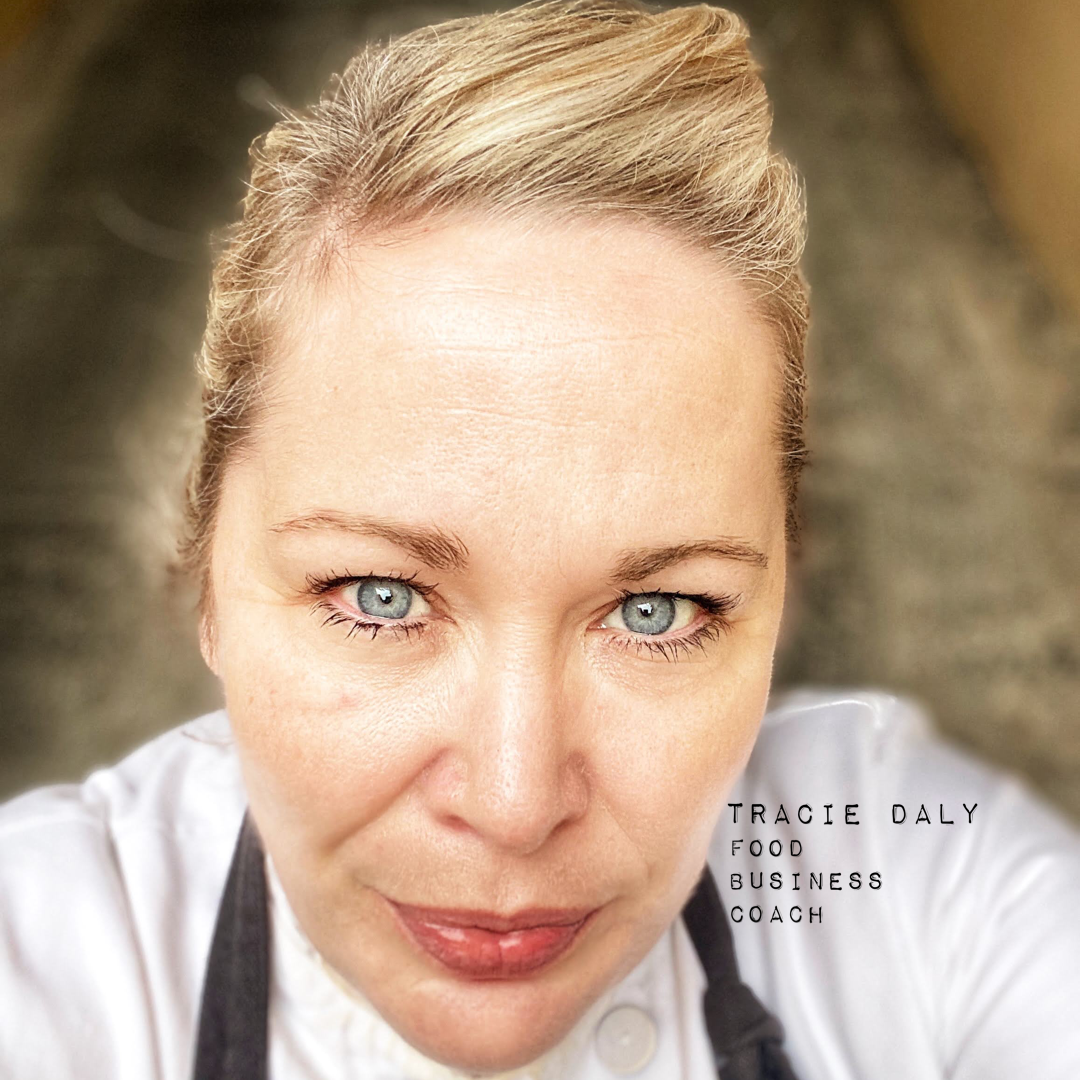BUDGET 2025 Part II
- Food Business Coach Tracie

- Oct 9
- 2 min read
Here are practical strategies to cope with rising costs for independent food business owners, restaurants, cafes, and food trucks in Ireland, blending current expert insight with your previous consulting approaches:

1. Ruthlessly Optimise Your Menu
Cut high-cost, low-margin items. Focus on best-sellers and dishes with better profit margins or those that use seasonal, readily available ingredients.
Use “menu engineering” to highlight or steer customers toward profitable dishes—eye-catching menu design really matters nowadays.
2. Negotiate, Consolidate, and Strengthen Supplier Relationships
Build strong supplier partnerships—negotiate prices, look for bulk deals or join group purchasing schemes.
Frequently review supplier contracts to catch hidden price hikes, and keep an eye out for new local suppliers or markets for flexibility.
3. Leverage Technology and Automate Processes
Use tech like modern POS, inventory tools, and scheduling apps to reduce waste, control stock, and streamline staff rotas. Automation frees up staff and reduces errors, keeping costs down.
4. Control Labour Costs
Cross-train staff, strategically schedule shifts, and use part-time/seasonal staff for peaks.
Monitor peak vs. off-peak trade and adjust staffing accordingly. Data from your POS or transaction systems can help structure rotas that match true demand.
5. Tackle Energy & Overheads
Invest in energy-saving changes (LEDs, smart timers, regular equipment maintenance).
Apply for sustainability or digitalization grants; review all overheads regularly for sneaky increases and negotiate better rates where possible.
6. Standardise Recipes and Portion Sizes
Train your team to stick to recipe specs and portions exactly—no over-portioning!
Use scales and guidance for portion control. This keeps costs predictable and protects consistency.
7. Reduce Waste and Monitor Inventory
Track waste daily; analyse where and why it’s happening.
Use inventory management systems and run frequent stock-takes to spot problems and avoid over-ordering.
8. Adapt Your Offer: Think Local and Direct
Launch loyalty schemes, meal deals, or family offers to drive repeat business—retaining customers is cheaper than constantly finding new ones.
Local sourcing can sometimes trim costs and gets you positive community PR, especially if it’s replacing pricier imported items.
9. Stay Proactive and Forecast Regularly
Watch market trends—what’s going up, what’s coming down? Adjust fast if ingredients spike or customer behaviour changes.
Hold regular financial health checks; prepare contingency plans for further shocks.
10. Market Smart—Not Cheap
Emphasise your story and transparent pricing; customers accept higher prices better when they understand your value.
Use local social media, loyalty marketing, and collaborations rather than costly generic promotions.
Coach’s Tip: The current climate rewards nimble, well-informed operators who stay calm but act quickly. Every percent you save on costs is another towards survival—and growth down the line.




Comments